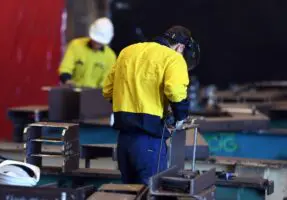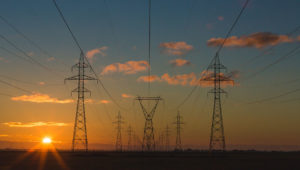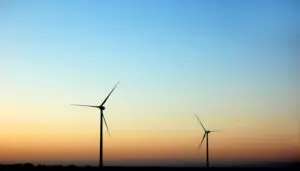Think tanks and environmental groups have taken an “about time” view of New South Wales’ first hike in coal royalties in 14 years, which is expected to raise $2.7 billion over the next four years.
Treasurer Daniel Mookhey on Wednesday said coal royalties will increase by 2.6 per cent from July next year, delivering taxpayers an expected windfall amid high global coal prices.
The extra cash will be spent on essential services such as housing, filling 1,112 nursing positions, teachers, and out-of-home care for state wards and foster children.
The new rates come in on 1 July 2024, with open-cut mining royalties rising to 10.8 per cent, underground mining to 9.8 per cent and deep underground mining to 8.8 per cent.
Australia Institute research director Rod Campbell says record profits in recent years from NSW coal exports have delivered modest returns for the state, and called for the government to go further with a $1 per levy on each tonne of embodied carbon in fossil fuel exports.
“The modest returns paid to the NSW public for the sale of the state’s coal are clearly not sufficient to compensate for the use of the resource, address mine site rehabilitation liabilities and the increasing costs of climate change,” he says.
“The 2.6 per cent increase in royalties announced today should be a first step towards shifting the costs of climate change away from the community and onto the fossil fuel companies that are causing the problem.”
Governments eye fossil fuels for revenue
The shift in coal royalties for NSW comes as resource-rich states bask in budget surpluses on the back of high commodity prices amid their own royalty changes.
The federal government is proposing changes to the Petroleum Resource Rent Tax, Queensland increased coal royalties last year and Victoria increased royalties on brown coal in 2016 and 2019.
Queensland’s changes delivered a $15 billion bonus to the government, and left it with a $12.3 billion surplus for the last financial year, the largest of any state or territory.
Queensland treasurer Cameron Dick’s three new royalty tiers came into being in July last year, when coal prices were soaring in the wake of the Ukraine war.
The new rates are 20 per cent for prices above $175 a tonne, 30 per cent for prices above $225 a tonne and 40 per cent for prices above $300 a tonne.
Climate Energy Finance director Tim Buckley prefers Queensland’s progressive approach over the flat NSW tax as it allows the government to participate in periods of super profits.
“But an increased share in NSW to guarantee a fairer return to public coffers is definitely a good start,” he said.
“The previous flat 6-8 per cent coal export royalty rate in NSW was long overdue for review and uplift.
“It is imperative that the revenue generated is not used to subsidise the continued operation of coal power in the state, including the end-of-life Eraring coal power station due for closure in 2025, but applied to reduce cost of living pressures and support essential services, as per the government’s commitments made today.”
The new NSW government is nervous about Origin Energy’s proposed August 2025 end date for Eraring but energy minister Penny Sharpe, a newcomer to the energy portfolio, is realising there are a number of levers that can be pulled to balance out the loss of the 2.88 GW plant.
The government says it’s opening talks with Origin over the closure timeline.
Any extension – even for a couple of units for another two summers, as some suggest – will likely cost significant amounts of money, and up to $400 million a year on some estimates.
Budget repair plan
The new royalty rates will replace emergency price caps on domestic coal sales that were put in place in late 2022 to soften the impact of supercharged prices caused by the Ukraine war. The extra cash will mitigate a $1.3 billion hole in the budget created by moderating coal prices this year.
“The last time royalty rates in NSW were changed was just after the iPhone 3 was introduced. That’s an eon,” Mookhey said.
“Market conditions have clearly changed. The existing coal royalty system is out of date. That’s why we are modernising these rates to ensure that the people of NSW do indeed share in the wealth that their resources create.”
The government said the change was developed after consultation with the mining industry and key trading partners.
Labor pledged during the election campaign not to increase coal royalties for the current financial year.
The Minns Labor government has been priming taxpayers for a brutal budget, weighed down by growing debt, rising interest rates and a fast-rising bill for public sector pay increases.
Mr Mookhey previously said the state’s two remaining AAA credit ratings were under pressure with the budget forecast to be $12 billion in deficit for 2022/23.
With AAP










